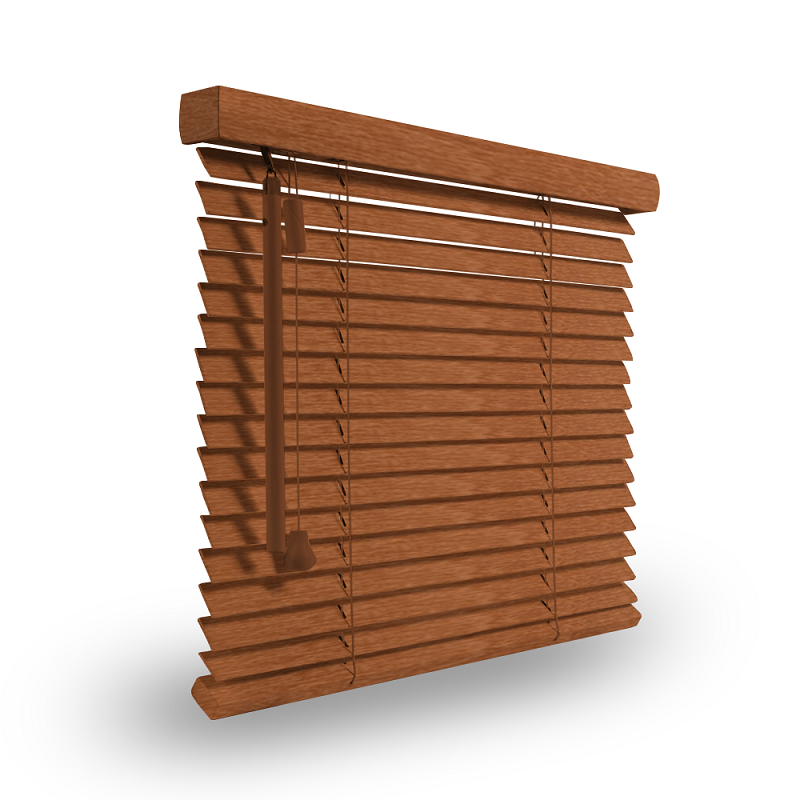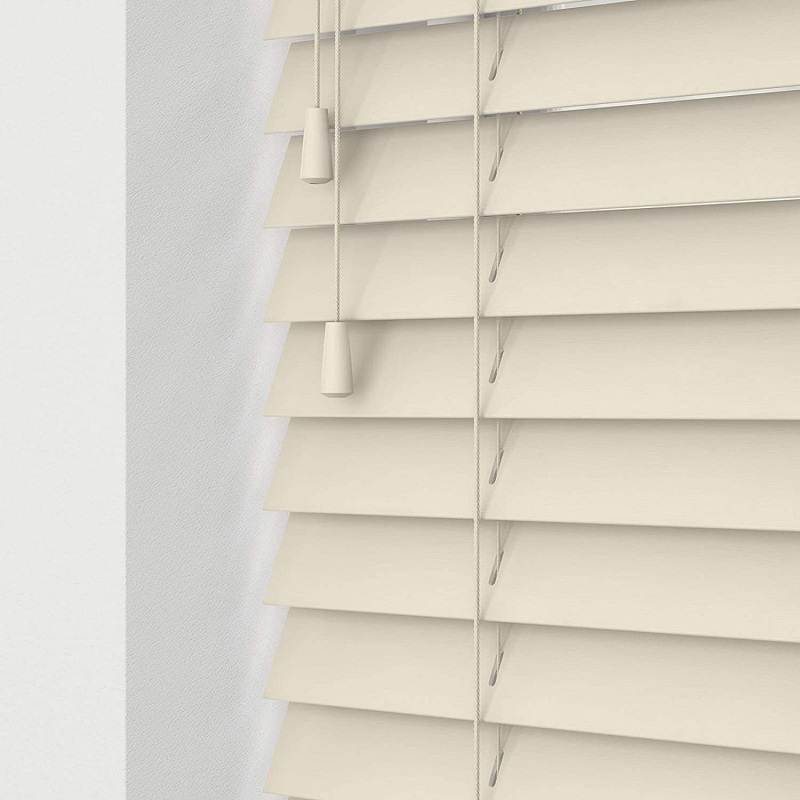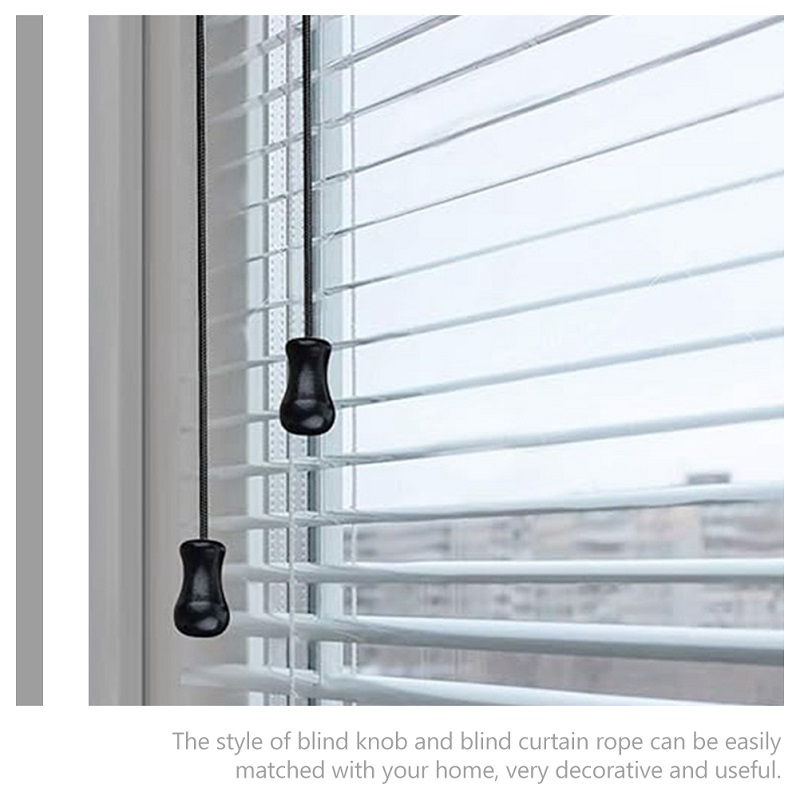Blinds are a popular window treatment choice, offering both functionality and style. However, the strings that control their operation can sometimes become problematic. Whether your blinds are not adjusting properly or the strings have become tangled, fixing these issues can seem daunting. This guide will walk you through simple solutions for common blinds string problems, helping you restore your blinds to perfect working order.
Understanding Blinds String Mechanisms
The Basics of Blinds String Functionality
Blinds use a system of strings and pulleys to control their movement. The strings are typically responsible for raising and lowering the blinds, while additional strings or cords adjust the tilt of the slats. Understanding how these mechanisms work is crucial for diagnosing and fixing issues. Most blinds feature a cord lock mechanism that holds the blinds in place when you stop pulling the cord. If this mechanism malfunctions, it can cause the blinds to become stuck or unresponsive.
Common Components of Blinds String Systems
Blinds string systems generally consist of several key components: the control cord, lift cord, and tilt cord. The control cord is used to adjust the height of the blinds, while the lift cord operates the lifting mechanism. The tilt cord adjusts the angle of the slats. Each of these components is interconnected, and a problem with one can affect the entire system. Familiarizing yourself with these parts can help you identify where the problem lies and determine the best solution.

Troubleshooting Blinds String Issues
Blinds Won’t Raise or Lower
If your blinds are stuck and won’t raise or lower, it is often due to a problem with the lift cord or the cord lock mechanism. Begin by inspecting the lift cord for any visible damage or tangling. If the cord appears frayed or broken, it will need to be replaced. Additionally, check the cord lock mechanism to ensure it is functioning correctly. Sometimes, debris or dust can interfere with the mechanism’s operation, so a thorough cleaning may resolve the issue.
Blinds Won’t Tilt Properly
When the blinds’ slats won’t tilt properly, the issue may be with the tilt cord or the tilt mechanism. Start by examining the tilt cord for any tangles or knots. If the cord is obstructed, carefully untangle it. If the tilt mechanism itself is malfunctioning, it may need to be adjusted or replaced. The tilt mechanism typically involves a small gear system that can become misaligned over time. Adjusting or realigning this mechanism can often restore proper tilt functionality.
Blinds String is Tangled
A tangled blinds string can be frustrating, but it is usually a straightforward fix. First, gently untangle the string by carefully working out any knots or loops. Avoid pulling too hard on the string, as this can cause further damage. If the string is frayed or damaged, it may need to be replaced. For persistent tangling issues, consider using a cord cleat or cord wrap to keep the string neatly organized and prevent future tangles.
How to Replace a Blinds String
Removing the Old String
To replace a blinds string, you first need to remove the old string. Start by detaching the blinds from their mounting brackets. Lay the blinds flat on a work surface for easier access. Locate the string’s attachment points and carefully unthread it from the lift and tilt mechanisms. Take note of how the string was threaded through the various components, as this will help you with the installation of the new string.
Installing the New String
Once the old string is removed, it’s time to install the new string. Thread the new string through the same pathways as the old one, following the same routing and knotting patterns. Ensure that the string is securely attached to the lift and tilt mechanisms. After installation, test the blinds to ensure that they raise, lower, and tilt properly. If necessary, make adjustments to the string length or tension to achieve smooth operation.
Adjusting the Blinds String Tension
Identifying Tension Issues
Proper tension is crucial for the smooth operation of blinds. If the blinds are difficult to raise or lower, or if they appear to be uneven, it may be due to incorrect string tension. Start by checking the tension on both the lift and tilt cords. Tension issues can often be resolved by adjusting the cord lock mechanism or the cord tensioning device, which is usually located near the headrail of the blinds.
How to Adjust Tension
To adjust the tension, locate the tension adjustment screw or mechanism on the blinds. Turn the screw clockwise to increase tension or counterclockwise to decrease it. Make small adjustments and test the blinds frequently to avoid over-tightening or loosening the strings too much. Once the tension is correctly set, the blinds should operate smoothly and evenly.

Preventing Future Blinds String Problems
Regular Maintenance Tips
Preventing blinds string problems requires regular maintenance. Clean the blinds and their components periodically to remove dust and debris that can interfere with operation. Check the strings and mechanisms for signs of wear or damage and address any issues promptly. Regular maintenance will help extend the lifespan of your blinds and reduce the likelihood of string-related problems.
Best Practices for Using Blinds
To minimize wear and tear on your blinds strings, use them gently and avoid pulling on the strings too hard. Use a cord cleat or cord wrap to keep strings organized and prevent tangling. Additionally, avoid allowing children or pets to play with the blinds, as this can cause accidental damage. By following these best practices, you can ensure that your blinds remain in good working condition and continue to function properly.
When to Seek Professional Help
Knowing When to Call a Professional
While many blinds string problems can be fixed with DIY solutions, there are times when it is best to seek professional help. If you are unsure about how to repair a specific issue or if the problem involves complex components, a professional blinds repair technician can provide expert assistance. Additionally, if you encounter issues with the blinds’ hardware or installation, a professional can ensure that the repair is done correctly and safely.
Finding a Reliable Blinds Repair Service
When looking for a blinds repair service, choose a reputable company with experience in repairing various types of blinds. Look for customer reviews and ask for recommendations from friends or family. A reliable repair service will offer a clear explanation of the problem, provide a detailed estimate, and ensure that the repair is done to a high standard. Investing in professional help can save you time and ensure that your blinds are restored to optimal condition.
Blinds Safety Considerations
Ensuring Safety with Cordless Blinds
Cordless blinds are an excellent option for improving safety, particularly in homes with children or pets. These blinds eliminate the risk of entanglement associated with traditional cords and offer a cleaner, more streamlined appearance. When choosing cordless options, ensure they are easy to operate and provide smooth functionality. Safety features should be a top priority to prevent any potential accidents or hazards.
Regular Safety Checks and Maintenance
Regardless of the type of blinds you have, regular safety checks and maintenance are crucial. Inspect the blinds frequently for any wear or damage, especially in areas where children or pets are present. Make sure all components are functioning properly and that there are no loose parts or potential hazards. By maintaining a vigilant approach to safety, you can prevent accidents and ensure that your blinds remain both functional and secure.

Conclusion
Fixing blinds string problems can seem challenging, but with the right approach, you can address common issues and restore your blinds to full functionality. By understanding the mechanisms behind your blinds, troubleshooting common problems, and following maintenance best practices, you can keep your blinds working smoothly for years to come. Whether you tackle the repair yourself or seek professional help, taking care of your blinds will enhance their performance and extend their lifespan.








